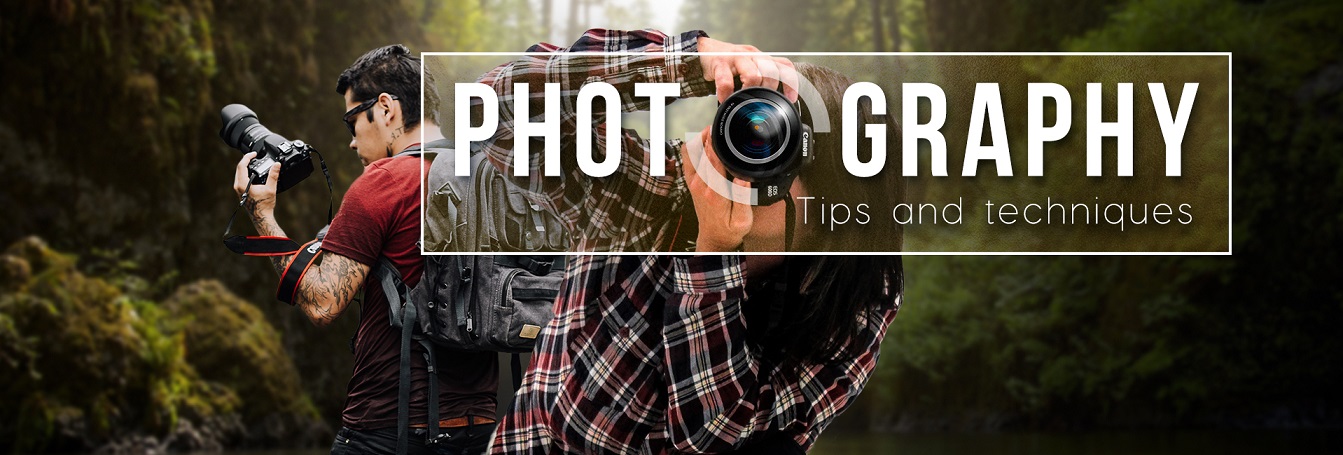 Many photographers doing studio photography use a soft box as an alternative to an umbrella to diffuse lighting. Many of the lighting principles when using an umbrella as a light diffuser apply when using a soft box in illuminating objects. However, it usually requires a more powerful light source than umbrella or direct lighting. As a powerful lighting modifier, a soft box allows large amounts of light to be cast but with very few resulting shadows.
Many photographers doing studio photography use a soft box as an alternative to an umbrella to diffuse lighting. Many of the lighting principles when using an umbrella as a light diffuser apply when using a soft box in illuminating objects. However, it usually requires a more powerful light source than umbrella or direct lighting. As a powerful lighting modifier, a soft box allows large amounts of light to be cast but with very few resulting shadows.
The size of the soft box used determines the size of the coverage area. For head shots or photos of small products, for example, smaller-sized soft boxes usually suffice. On the other hand, photographers usually use large soft boxes for large subjects or full body portraits. There are also other considerations when using soft boxes effectively and here are some of them:
Soft Box Size
Soft boxes are available in a range of sizes. These soft boxes in various sizes produce different diffused light. Large soft boxes can be as wide as 2 meters or more than 6 feet across. The general rule here is the larger a soft box is, the softer is the light that it produces. If you are planning to use a soft box, it is important to remember that your subject must be smaller than the soft box you are using so that the lighting will fall evenly across your subject.
Distance
The distance between your subject and the soft box can also affect the diffuse quality of light. The closer a soft box is located vis-à-vis your subject, the harsher the light that is cast on your subject. Professional photographers use larger soft boxes when taking portrait photos and they prefer to use small soft boxes for dramatic lighting and for macrophotography.
Number Of Soft Boxes
Professional photographers usually use a combination of soft boxes. When doing portrait photography, professional photographers usually use one larger soft box as their primary or “key” source of light and they either use a second soft box or a reflector to function as a “fill” to fill in the shadows so that the light will not appear too harsh. When doing macrophotography, professionals usually place a single soft box close to the subject and directly in line with the camera.
Lighting Techniques When Using A Single Soft Box
Professionals prefer to use a single soft box for beautiful and even light. If you put a soft box to one side of the subject, you will have interesting shadows on the opposite side and smooth and even light on the lighted side. You can use reflectors to take the place of a fill light. If you don’t have a commercial photographic reflector, you can use a piece of white cloth or a large piece of white plastic foam instead.
Lighting Techniques When Using Two Soft Boxes
For smooth even lighting, put two lights at a 45 degree angle on either side of the subject. Changing the angle, intensity, and distance of the two lights can help bring out the details in shadow and shading.
If you are taking head shots, you can use the “clamshell” arrangement technique. Place one light above and in front of the face of your subject and place the second light below and in front of the subject. You can adjust the resulting light to help remove the shadows under the eyes and around the lips.
Lighting Techniques When Using Multiple Soft Boxes
Depending on the situation, professional photographers augment the two light soft box set up with one or more additional soft boxes. You can add a small soft box behind and above the subject as a hair light. You can also add one or two soft boxes to separate your subject visually from the background. When working with more soft boxes, regularly test the set up to get the best combination.
…that should keep you thinking for awhile …:-)
Ray Baker





